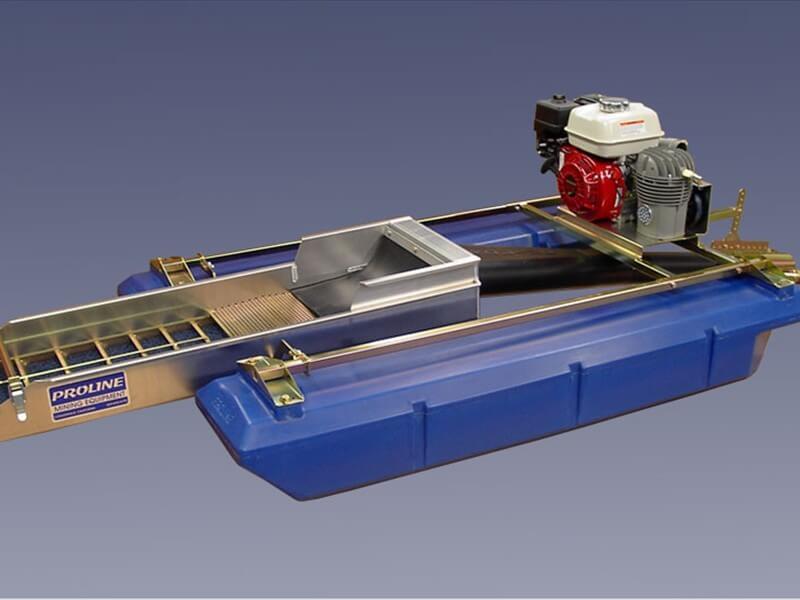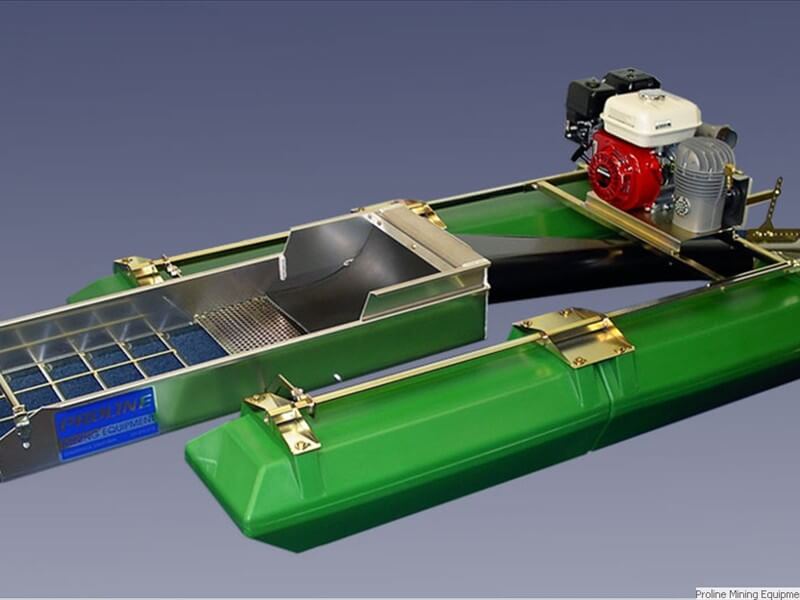

GOLD DREDGE SERIES
When the monster machines ruled the creeksĪn article by Michael Gates from his "History Hunter" series in the Yukon News.Ī brief presentaion by the Oakland Museum of California.

This postacrd shows a simple flume dredge working near Marysville, California in about 1908.Ī postcard of a gold dredging operation in California in about 1909. Wills' Cigarette Card - 'Dredging for Gold'Īn historic trading card showing a California-style bucket-line dredge at work.Ī 1900 stock certificate for this company, which was apparently operating a steam-powered dredge in California. Installed in 1905, the company's dredge No.1 was the first truly successful gold dredge on Alaska's Seward Peninsula.Ī newspaper article from 1981 - "Clear Creek: Canada's only working dredge." This rig worked just a mile east of Nome in the 1940s. The company worked a Risdon Iron Works dredge on the Solomon River, near Nome, in 1911.Īn illustrated feature showing it being moved from Big Gold Creek, Yukon to Skagway, Alaska in 1999. Sievertsen-Johnson Mining and Dredging Company Originally operated by the Fairbanks Exploration Company, this Yuba dredge now rests at an Several photos of the dredge as it was in 19, and some of its parts at an interpretive site in Chicken. The story of its destruction, from the Klondike Sun, followed by a short history. Now a tourist attraction north of Fairbanks. Now stabilized at its last working location in the Klondike gold fields near Dawson City. This photo is of their power plant.Īn illustrated feature showing it as it looked in 1999.Ī photojournal from a trip to Chicken has commentary about, and many photos of, both dredges. The company ran 2 dredges near Nome from 1908-1916. Yuba or Marion, but many other companies built dredges of various sizes. The largest and most famous of the dredges were manufactured by Many are used by "recreational" miners due to their relatively low cost and ease of use. Most modern dredges are much smaller, and use suction to bring up the gold-bearing gravel from river bottoms. Visitors, however, often make negative comments about the huge barren tailings piles along the Klondike Highway south of Dawson City.

The Walter Johnson Dredge, which operated on Clear Creek in the central Yukon in 1981, did some reclamation of the tailings area. In North America, it may well be impossible today to get an environmental clearance to conduct such large-scale stripping of valleys. The use of huge dredges such as the ones in the Klondike and at Nome is limited to Siberia now. Dredge #8 is also open for tours in Fairbanks, and the Pedro Dredge in Chicken is being readied for access. One such dredge, the Sixtymile Dredge, was moved in September 1999 from the Sixtymile gold district near Dawson to Skagway. Tourist-based operations with a gold dredge as the centrepiece. Several private attempts are being made in Alaska to develop There is a comprehensive paper on-line describing the process (see the Links page). 4, which is owned by Parks Canada, was found to have structural damage which required extensive emergency repairs to save the gantry structure. Preserving machinery the size of a gold dredge can present enormous technical problems. Although they look complex, the basic concept is very simple - the buckets scoop up the gravel and dump it into sluice boxes inside the dredge, water is pumped in to separate the gold from the gravel, and the worthless gravel is then dumped out the back. Many changes and additions were made to make them suitable for working frozen ground, but the technology changed little for the 80 years they were in use. The bucket-line dredges that changed the character of gold mining in Alaska and the Yukon were invented in New Zealand. With buckets that gouged out several cubic yards of gravel on each pass, enormous amounts of material could be processed by a dredge, so even fairly poor ground could be profitably mined. Relatively little gold was recovered, and it wasn't until the arrival of huge dredges that gold production soared. In fact, those methods were only used for testing streams, and in the early stages of mining in some areas such as the Klondike. Primarily done with gold pans, or possibly sluice boxes. Most people believe that gold mining in the Yukon and Alaska was By Murray Lundberg Arctic & Northern Mining


 0 kommentar(er)
0 kommentar(er)
